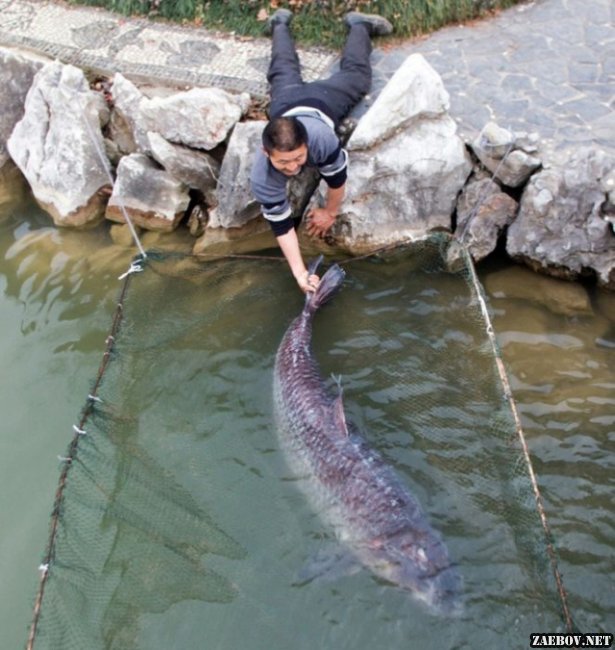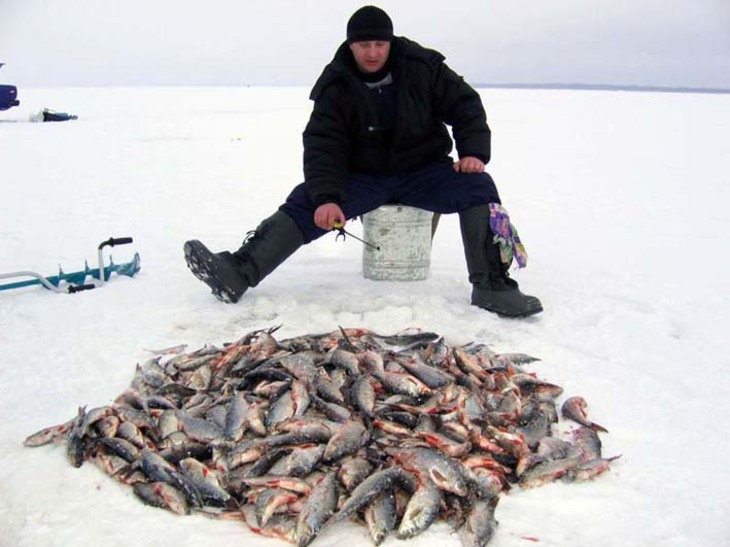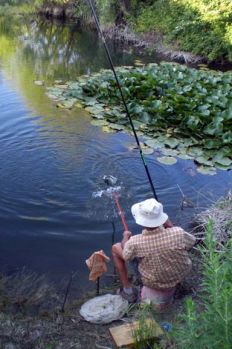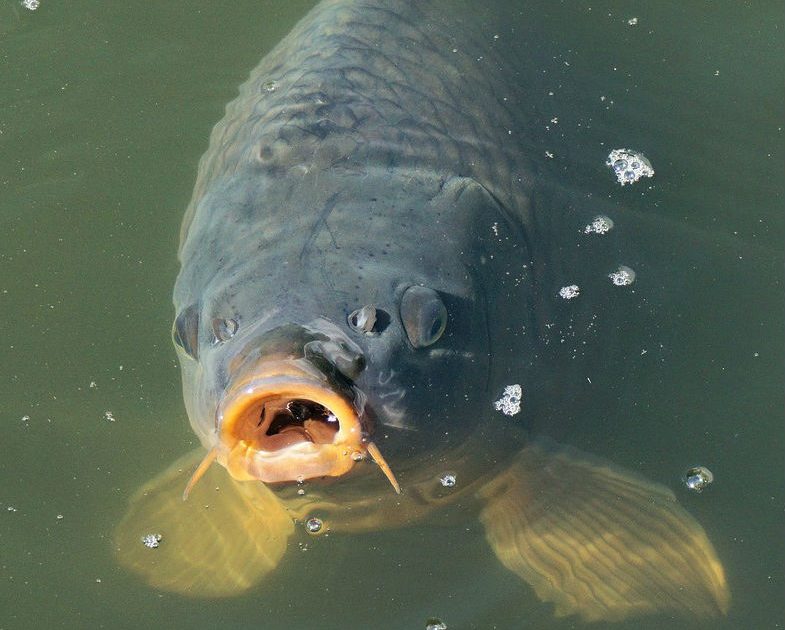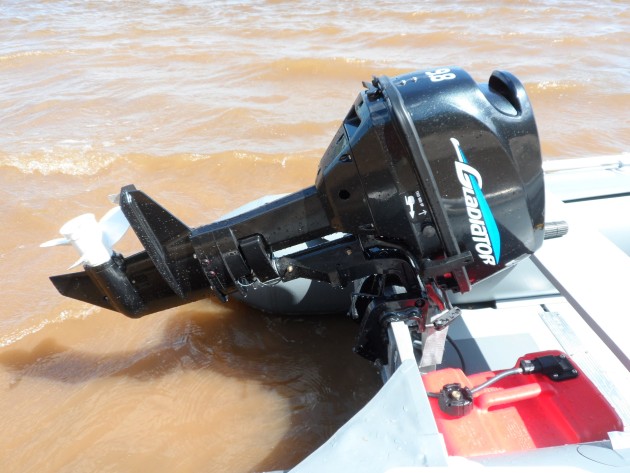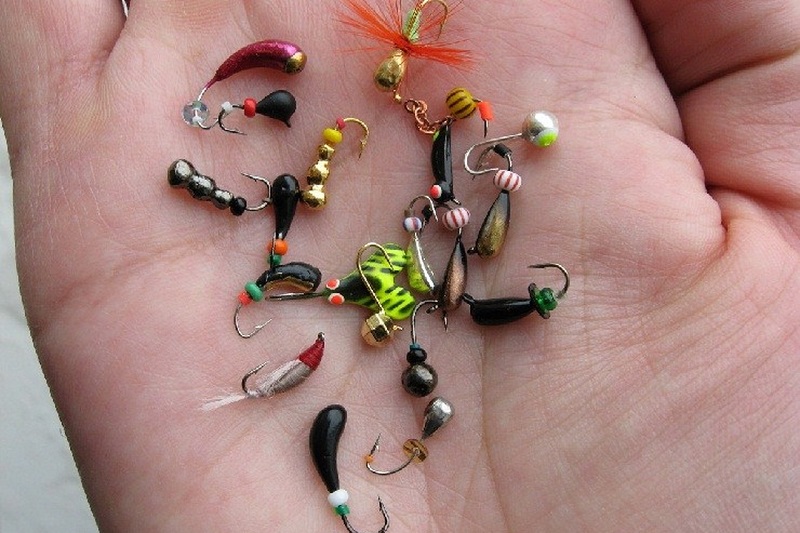Match Fishing Tips
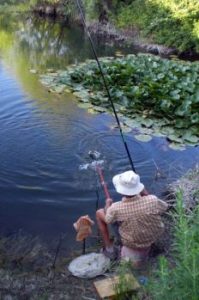 The material contains answers to frequently asked questions by young anglers. The topics discussed will be of interest to those who already have the experience and skills of fishing. Difference of opinion on the same question helps to find useful truth.
The material contains answers to frequently asked questions by young anglers. The topics discussed will be of interest to those who already have the experience and skills of fishing. Difference of opinion on the same question helps to find useful truth.
Which match rod (light, medium, heavy) is better for fishing on the river, if you catch bream, roach or line?
How to choose a coil to match the fishing rod, so as not to spoil the line?
If there are three identical floats of different weight, which one will be more sensitive?
Is there a relationship between the internal diameter of the shock absorber, which is equipped with a rod and the size of the fish you plan to catch?
Catching a plug into the drive requires a large amount of free space for detachable knees and other equipment. Standing in the water, it will be a torment. The only option is to catch from a long and wide bridge. Fishing for match fishing rod
Which match rod (light, medium, heavy) is better for fishing on the river, if you catch bream, roach or line?
If we talk about the classic English float fishing rod, then on the river for fishing with floats of the type “Stick” or “Avon” fishing rods are used on average longer than for fishing with wagglers in still water (4.20-4.80 m). Their structure is also different – it is more rigid and evenly parabolic (for “waggler” rods, as a rule, it is more complex with a soft, meshed tip). This is due to the fact that not the smallest fish are the objects of fishing, and the current increases the load even more, that is, the rod requires power and good shock-absorbing qualities. There are special wiring patterns, usually they are called “Stick” or “Trotter” (the latter are more powerful). But there are quite suitable models among the usual “match-ups”. For example, the Asaka company has a Yoshiko Valentino match rod with a length of 4.20 m. Its not very long handle is not always suitable for long-distance casting of wagglers, but is ideal for catching wiring.
It should be noted that the classic English rods are not very suitable for fishing on large, wide and deep rivers, as they do not allow to carry out controlled wiring with rigid support further 10-12 meters from the coast. There are English models up to 6 m long, but they are rare and expensive. So, if you intend to catch mainly on large rivers, then perhaps the Bologna telescopic rod with a length of 6-7 m will suit you more.
To spoil the coil operation is impossible. Rather, we are talking about balance and overall harmony gear. So the reel on the match rod should be as light as possible. But, on the other hand, it should not be small: the diameter of the spool is at least 40-42 mm, and better – 45-47 mm. This will provide a greater casting distance, a greater speed of winding and prevent the fishing line from spiraling. But too large and heavy reel on a graceful rod will not be entirely appropriate.
You need to focus on 2500-4000 sizes on the Shimapo scale, or 2000-3000 on the Daiwa scale.
If there are three identical floats of different weight, which one will be more sensitive?
It would seem that the easiest float and will be the most sensitive, but not so simple. After all, the sensitivity is useless, if you just can not bring your hook where there is a fish. Therefore, you need to choose the most lightweight equipment, ensuring the correct flow of the nozzle, taking into account the depth, wind and current. That is, if in a strong wind you experience difficulties with casting a rig with a lifting capacity of 1 g, and with a successful cast, the wave pulls the rig too quickly from a lured point, you need to boldly put on a rig with a load of 2 or even 3 g.
In addition, the distribution of the sinkers also greatly affects the sensitivity, allowing you to largely compensate for the increased inertia of the snap.
Is there a relationship between the internal diameter of the shock absorber, which is equipped with a rod and the size of the fish you plan to catch?
When fishing for very small fish (50-100 g.), N 2 is sufficient. If the weight is slightly more (100-200 g), N 3 or N 4; with more powerful specimens (up to 500 g) – N 5. Specimens from 1 to 1.5 kg require rubber N 6, and more – N 8. These ratios are suitable for fishing roach, foot, crucian in standing or weakly flowing water. Elastic No. 5 is universal. If you fish on a fairly strong current or occasionally come across larger specimens, the size of the shock absorber can be increased by one or two numbers, but even for catching large bream or ide it is hardly necessary to have rubber more than 10 numbers. The shock absorber N 10 and above is placed when fishing for large and quite strong fish – first of all carp, as well as silver carp, carp. The use of rubber over 16 numbers requires special, reinforced rods so-called carp. Moreover, when choosing a shock absorber, it is necessary to take into account not only the size of the fish, but also its vulture and perseverance.
